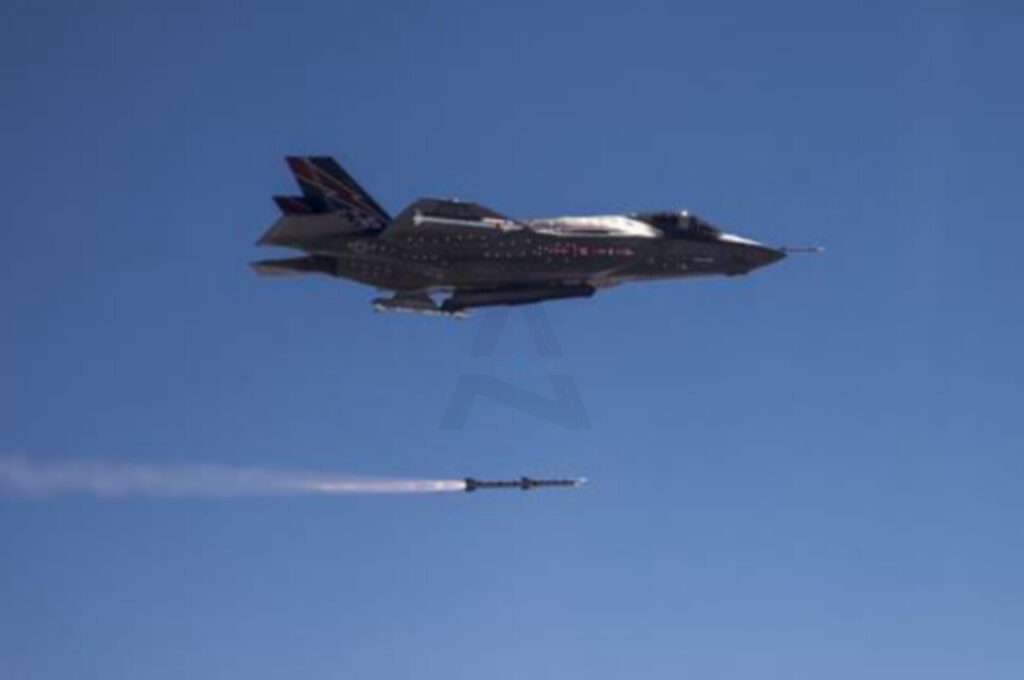The F-35 program continues to ramp up its production and delivery schedule, reflecting its growing importance in modern air forces. Lockheed Martin has been steadily increasing the rate at which the fifth-generation fighter is delivered to various countries, including the United States, the United Kingdom, and several allied nations. However, despite the ramp-up in deliveries, the aircraft has yet to achieve full combat certification, leaving a critical gap in its operational readiness.
The F-35 has been hailed for its advanced stealth capabilities, superior sensor fusion, and network-centric warfare potential. However, delays in software development, particularly in the Block 4 upgrade, which is essential for the aircraft’s full combat capabilities, have hindered progress toward certification. The Block 4 upgrade is expected to introduce a range of improvements, including enhanced electronic warfare systems, new weapons integration, and better sensor performance. Yet, the complexity of these updates and the challenges in testing and implementation have caused significant delays.
In addition to software hurdles, the F-35 program has faced maintenance and sustainment issues that have affected its readiness rates. The global fleet of F-35s has struggled with maintenance backlogs, spare parts shortages, and technical challenges, making it difficult for operators to achieve optimal mission-capable rates. These logistical challenges further complicate the timeline for achieving full combat certification.
Despite these setbacks, the F-35 remains central to the strategic plans of many nations. Countries like Japan, South Korea, and Israel have already integrated the aircraft into their air forces, using its capabilities for deterrence and defense. However, the absence of full combat certification limits the extent to which the aircraft can be deployed in high-threat environments.
Efforts are underway to address these challenges. Lockheed Martin and the U.S. Department of Defense have been working to expedite the software updates and streamline maintenance processes. Additionally, international partners are contributing to the development and testing of the aircraft’s capabilities, hoping to accelerate progress.
While the F-35 deliveries are increasing, achieving full combat certification remains a significant hurdle. The aircraft’s promise as a next-generation fighter is clear, but the timeline for unlocking its full potential is still uncertain, leaving many to question when it will be fully operational in the most demanding combat scenarios.



